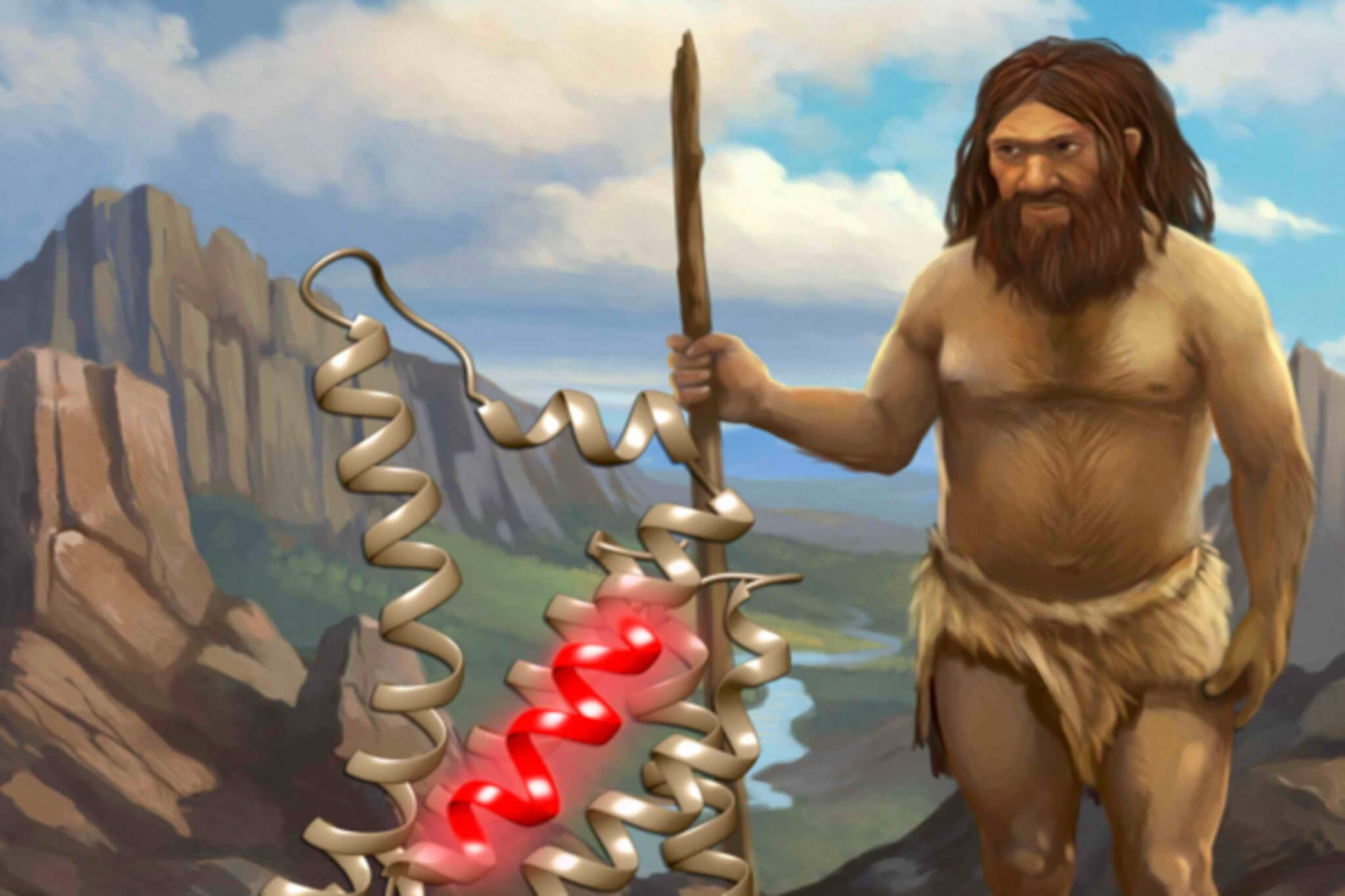PHILADELPHIA — University of Pennsylvania researchers have adopted an innovative methodology that combines artificial intelligence and advanced experimental methods to delve into the ancient past in search of new medicinal breakthroughs. They have introduced the concept of “molecular de-extinction.”
What is molecular de-extinction? It’s a hypothesis suggesting that the molecules our ancient ancestors, like the Neanderthals and Denisovans, produced to fight infections could be potential candidates for new drugs today. Since these molecules were naturally selected over time, they could be more effective and safer than some modern-day options.
“We need to think big in antibiotics research,” says Cesar de la Fuente, Presidential Assistant Professor in the Department of Bioengineering and the Department of Chemical and Biomolecular Engineering at the University of Pennsylvania School of Engineering and Applied Science, in a university release. “Over 1 million people die every year from drug-resistant infections, and this is predicted to reach 10 million by 2050. There hasn’t been a truly new class of antibiotics in decades, and there are so few of us tackling this issue that we need to be thinking about more than just new drugs. We need new frameworks.”
Cooking Up A ‘Recipe Of Amino Acids’
In the study, de la Fuente’s research team, named the Machine Biology Group, uncovered dozens of small protein sequences from these ancient humans which have antibiotic properties. They then synthesized these molecules in the lab, essentially bringing extinct chemical structures back to life.
“The computer gives us a sequence of amino acids,” explains de la Fuente. “These are the building blocks of a peptide, a small protein. Then we can make these molecules using a method called ‘solid-phase chemical synthesis.’ We translate the recipe of amino acids into an actual molecule and then build it.”

When researchers introduced these newly synthesized molecules to pathogens, they discovered that many of them were highly effective, sometimes even outperforming current treatments.
“The ones that worked, worked quite well,” says de la Fuente. “In two cases, the peptides were comparable – if not better – than the standard of care. The ones that didn’t work helped us learn what needed to be improved in our AI tools. We think this research opens the door to new ways of thinking about antibiotics and drug discovery, and this first step will allow scientists to explore it with increasing creativity and precision.”
What’s Very Old Could Be New Again
This research not only presents a new framework for drug discovery but also offers fresh insights into our immune system. De la Fuente and his team were surprised to find that some molecules played multiple roles in the body, challenging the traditional belief that one protein serves one function.
“One thing that surprised me,” says de la Fuente, “is that our lab found sequences in every system of the body – cardiovascular, nervous, digestive, etc. What we didn’t recognize before is that proteins or peptides playing roles in one system could also be contributing to immunity in general.”
Having unlocked this potential, the Penn Engineering research team is now addressing the ethical concerns of bringing ancient genetic material back to life.
“We’re in conversation with bioethicists about what it means to bring genetic material back to life,” says de la Fuente. “We’re doing it for medicine, but what if someone else resurrects something toxic or harmful? We’re also collaborating with patent lawyers. Current peptide sequences are not patentable by law. But what about those we recreate from extinct organisms?”
The study is published in the journal Cell Host & Microbe.
